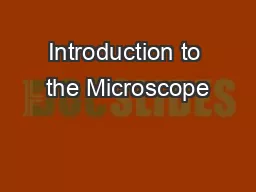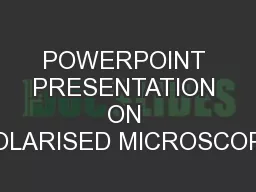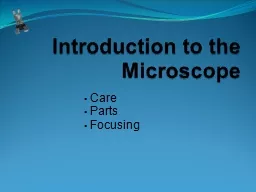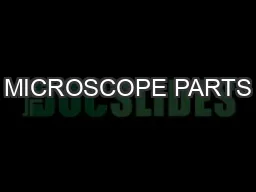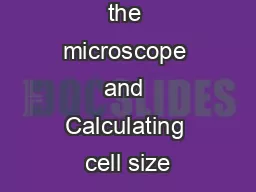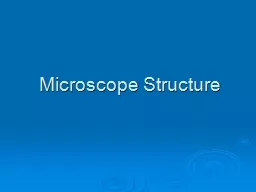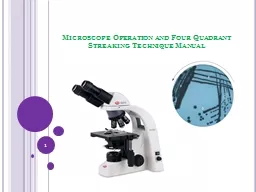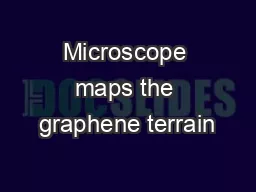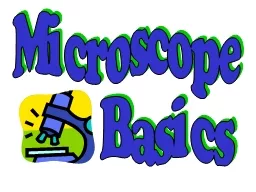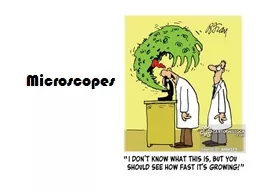PDF-Compund Microscope
Author : amscope | Published Date : 2015-11-19
We always offer our customers the best quality for the lowest price We pride ourselves on providing high quality products unbeatable low prices huge selections and
Presentation Embed Code
Download Presentation
Download Presentation The PPT/PDF document "Compund Microscope" is the property of its rightful owner. Permission is granted to download and print the materials on this website for personal, non-commercial use only, and to display it on your personal computer provided you do not modify the materials and that you retain all copyright notices contained in the materials. By downloading content from our website, you accept the terms of this agreement.
Compund Microscope: Transcript
Download Rules Of Document
"Compund Microscope"The content belongs to its owner. You may download and print it for personal use, without modification, and keep all copyright notices. By downloading, you agree to these terms.
Related Documents



